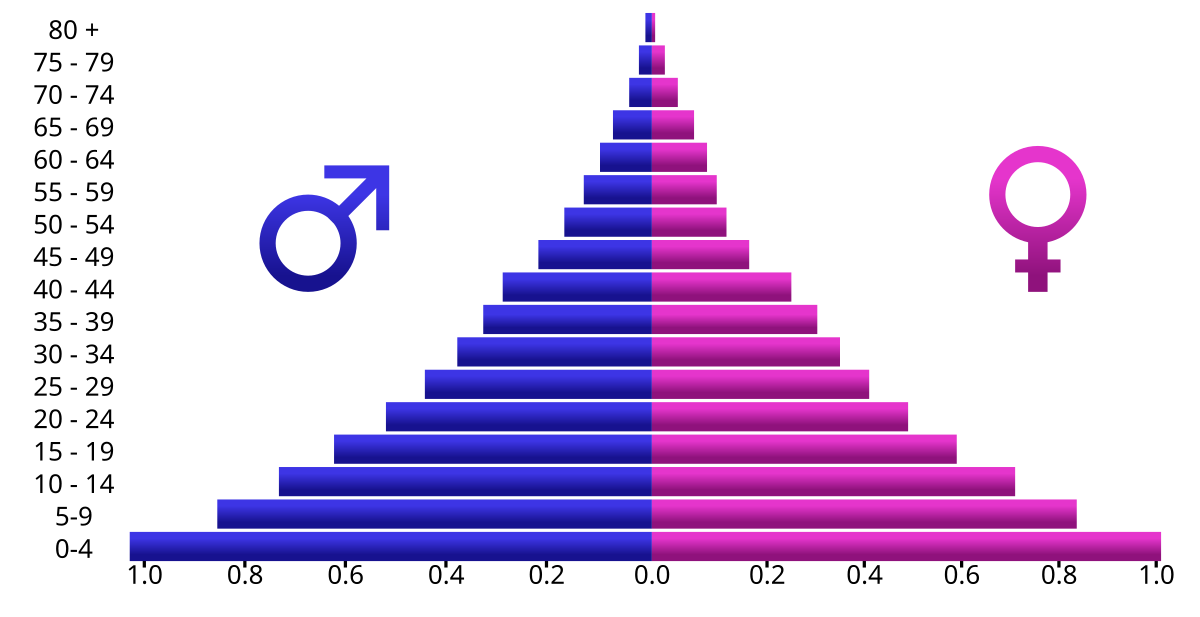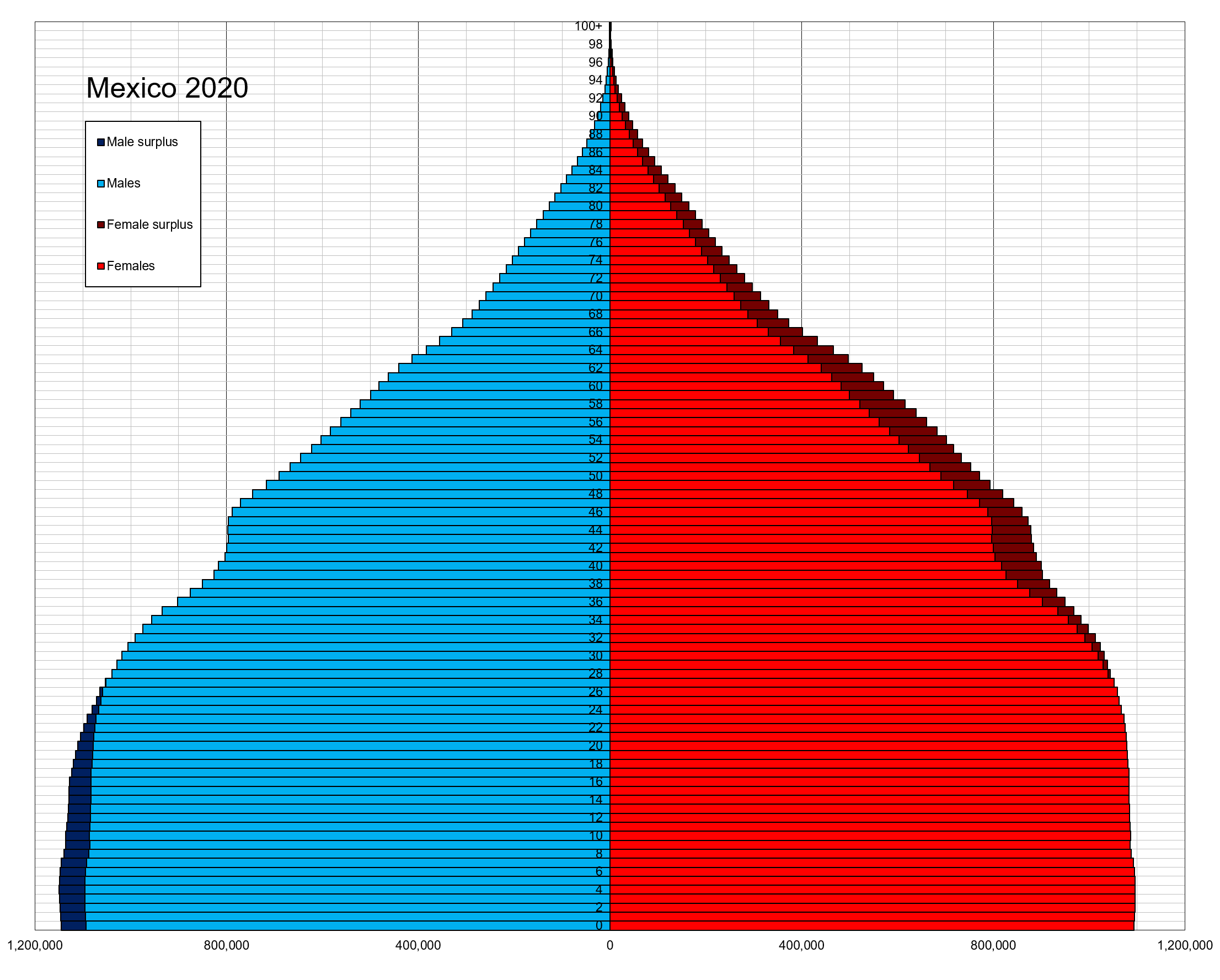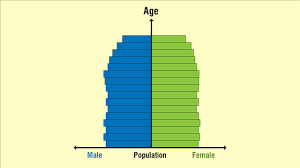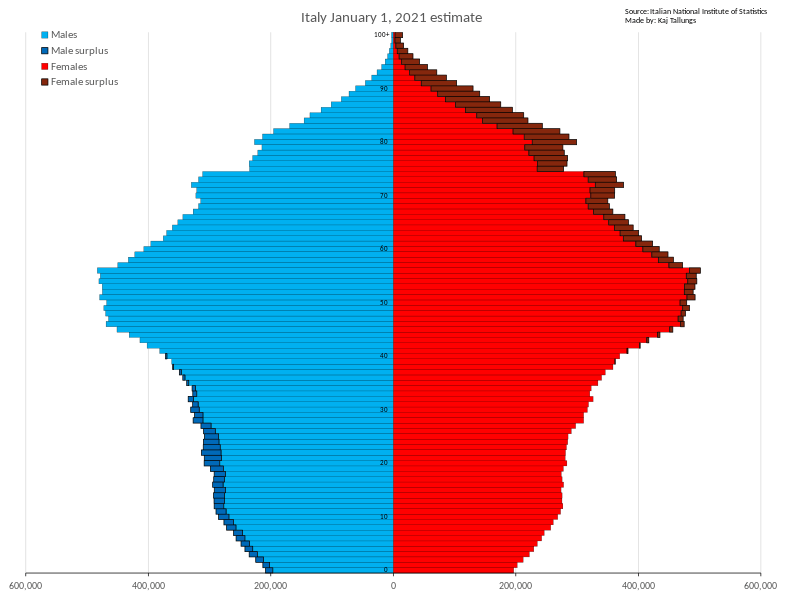ap human geo unit 2: population
1/32
There's no tags or description
Looks like no tags are added yet.
Name | Mastery | Learn | Test | Matching | Spaced |
|---|
No study sessions yet.
33 Terms
Total Fertility Rate (TFR)
The average number of kids a woman will have
reasons for high tfr
financial dependency, gender preference/discrimination, high child mortality rates, lack of education
reasons for low tfr
independent women, kids are financial burdens, long work hours, educated people
overpopulation depletes ___
resources
underpopulation depletes ___
economy
Thomas Malthus (1766-1834)
believed that population growth will outpace food production, resulting in widespread famine
Neo-Malthusians
modern day people who agree w/ Malthus; concerned about population growth because happening in poor places around the world
Ester Boserup
theorized that an increase in population would stimulate technologists to increase food production
optimistic view on population growth: science+technology will help
Anti-Natalist Policies
Policies that discourage people from having kids. e.g one child policy, forced sterilization
Pro-Natalist Policies
Policies that either encourage births. e.g paid time off after birth, day care stipends, tax incentives
Arithmetic Density
total number of people per area of land
Physiological Density
number of people per unit area of farmable land
Crude Birth Rate (CBR)
number of live births per year for every 1000 people
Crude Death Rate (CDR)
number of deaths per year for every 1000 people
Rate of Natural Increase (RNI)
the difference between number of births and deaths; BR-DR
Growth Rate (Doubling Time)
amount of time for population to double in size
net migration rate
immigration - emigration
demographic equation
total population change from year to year; (cbr-cdr+nmr)/10
dependecy ratio
The total number of people who are too young or too old to work, compared to the number of people in their productive years
population under 20 and population 65+ vs 20-64
6 ways brazil lower tfr based on article (saq)
1. industrialize, modernize, urbanize; women take jobs w/ long work hours
2. unregulated birth control/medication; birth control/contraceptives more accessible
3. decrease child mortlity rates; dont need "replacement" kid
4.give docs money to do c-sections; easy to get tubes tied during c-section
5-introduce electricity/tv; show "modern" brazilian family on soap opera (family of 4)
6. make women brazilian; brazilian women strong/independent. female empowerment+education
Stage 1
pre-modern; farming
high br: need workers+high child mortality rate
high dr: malnutrition+disease
stage 2
beginning: farming
end: factories
high br: need workers, cost/benefit ratio of kids, birth control primitive
dr dropping: better access to medical stuff, food supply, hygiene, etc
stage 3
factory work
br decline: cost/benefit ratio change(benefit less cost more), women educated+empowered
dr decline: better medical stuff, sanitation
stage 4
service sector jobs
stage 1+2 deaths
crop failures, infectious diseases(cholera, tuberculosis, plague, etc)
stage 3+4 deaths
chronic diseases (heart disease, cancer, etc)
old age diseases( alzheimer's, etc)

triangle shape
stage 2; fast growth

pentagon/house shape
stage 3; moderate growth

column shape
stage 4; slow growth

skinny pentagon
stage 5; low br, lots of old people
carry capacity
max number of people who can be realistically supported by resources of that area
positive population check
factors increasing mortality (war, famine, disease, etc)
preventative/negative population check
factors decreasing fertility(moral restraint, contraception, abortion, etc)